Hierarchical structuring in hybrid amorphous/crystalline nanowire bundles provides a promising anode material for lithium-ion batteries.
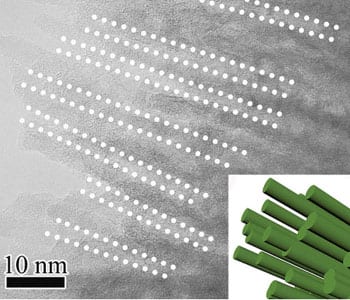

Hierarchical structuring in hybrid amorphous/crystalline nanowire bundles provides a promising anode material for lithium-ion batteries.

Inserting a spacer layer between the donor and the acceptor material of organic photovoltaic (OPV) devices enhances their power conversion efficiency.

Perpendicular inhomogeneities in lithium electrodes have been studied in real time using synchrotron radiation.
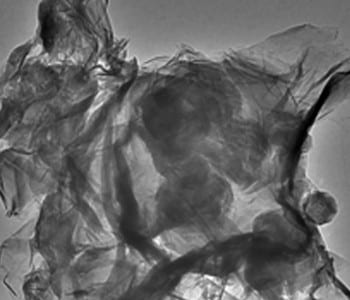
Chinese researchers have developed a graphene-based composite material to improve the performance of lithium-sulfur batteries.

Tailoring near-infrared photoluminescence through activator aggregation and super-exchange between manganese ions in a perovskite lattice is presented.
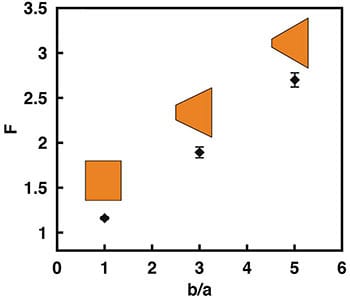
Geometric asymmetry is introduced in graphene-based nanofluidic devices to enhance ion current rectification.
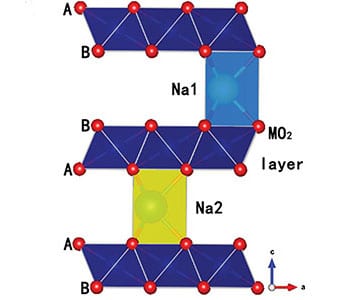
Batteries advance with improved efficiency in positive sodium-ion electrodes, achieved using copper and iron.
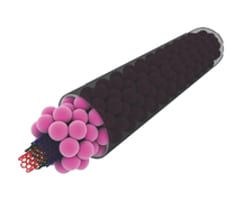
New form of tin oxide anode combined with carbon nanotubes shows increased electrical performance in lithium and sodium ion batteries.

First-principles calculations reveal a flat energy landscape between the coexisting polymorphs in strained BiFeO3 thin films, which may lead to enhanced piezoelectric response.
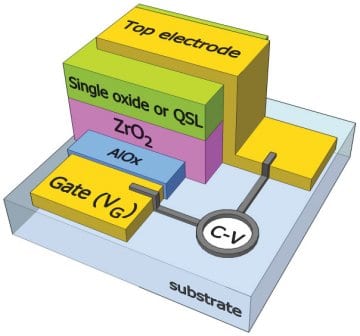
Researchers present a new concept for solution-processed low-dimensional metal oxide quasi-superlattice-based transistors with dramatically enhanced electron mobilities.